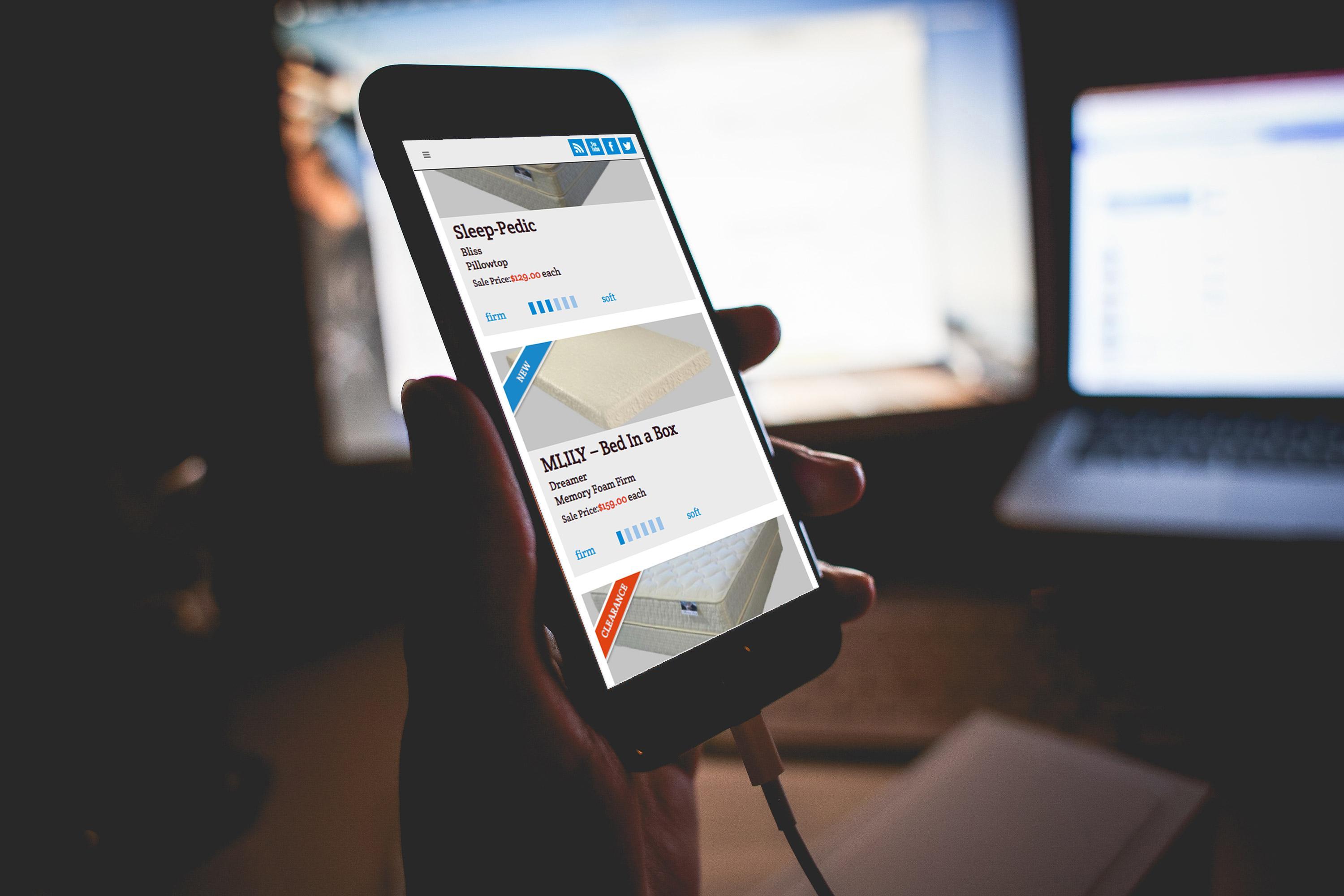Every piece of content you publish should have a specific goal—whether it’s getting sign-ups for your email list, traffic for your website, downloads of your e-book, or phone calls to your sales team. Whatever your goal is, it needs to be indicated somewhere within the content itself—specifically in the form of a call to action. A call to action, or CTA, is essentially an invitation for your reader to take action—to leap ahead to the next step of the consumer journey. Every piece of content you produce needs a CTA at the end, and the CTA should always be clear—but with that said, you don’t have to resort to clichés. Specifically, you don’t have to include the words ‘click here’ in every CTA, as many do—and in this post, we’ll tell you why.
The Problems with ‘Click Here’
That short phrase, ‘click here,’ is a relic from a bygone age of the Web. It’s something you used to see on a lot of websites, which were serious about CTAs, though perhaps a bit clumsy in executing them. When you see ‘click here’ today, though, it can’t help but seem a little stale, a little rote, a little old-fashioned. Simply put, there are better ways to compose your CTAs—but more on that in a minute.
First, let’s look at some of the shortcomings that afflict ‘click here’ CTAs.
Not Every CTA is About Clicking
The first thing to note is that your call to action should always reflect the ultimate goal of your content—and sometimes, that doesn’t have a thing to do with clicking. For example, you may be less interested in getting people to visit a certain link, more interested in getting them to pick up the phone and call you. ‘Click here’ simply isn’t appropriate for all content goals, and thus it’s not fitting for all CTAs.
It’s Empty Text
Another point to make: When you use ‘click here’ in your CTA, you usually end up using those words as the anchor text of a hyperlink. The problem is, ‘click here’ is an empty and valueless phrase, from an SEO standpoint. Unless you’re actually trying to rank your website for the keyword phrase ‘click here,’ using that as anchor text isn’t doing you a bit of good. It’s much smarter to use other, more SEO-rich text in your links.
It Disrupts the Consumer Journey
Another note about ‘click here’ is that it can actually be counterproductive, distancing the consumer from his or her journey. Here’s what we mean: Your content may have the desired effect of making the consumer think seriously about your value proposition, about how buying your product or service can be beneficial. Then, that phrase ‘click here’ comes along, and suddenly the emphasis is no longer on value, but on the mechanical act of clicking. That’s not what you want the consumer to dwell on, though. Your content isn’t about clicking. Hopefully, it’s about the benefits you offer to your customers.
‘Click Here’ Can Seem Deceptive
Something else to note about CTAs is that they always need to underscore your trustworthiness; of course, no consumer is going to click a link or call a phone number when they worry that the business in question is disreputable. The thing about ‘click here’ links is that they undermine your integrity, precisely because they hide what the content is about. Something more descriptive, which actually gives the user a clear sense of the content you want them to access, is a much better showcase for your transparency and trustworthiness.
Better Practices for CTAs
Clearly, there are a number of issues with ‘click here’ CTAs—and thankfully, there are some much better CTA practices you might implement.
Link to Nouns
We mentioned the reasons why linking to the words ‘click here’ is empty—a bit of a waste, from an SEO perspective. So the first thing we’d say is that your anchor text should usually be a good, strong noun—perhaps even a focus keyword for your content. Nouns are better at conveying what the content is about, in addition to offering more SEO juice.
Use Strong Action Words
Something else we recommend is ditching ‘click’ in favor of a much stronger verb. Remember that you’re writing a call to action—to pick an action word that actually drives the user forward. Just a few examples of compelling verbs include:
- Discover
- Explore
- Learn
- Move forward
- Even ‘call’ or ‘contact’ can work in the right context
Always Focus on Value
A final word of advice: Remember that the point isn’t on the clicking, or on whatever other mechanical action you want the user to take. The point is the value you’re offering. Don’t forget about the what’s in it for me your users should be experiencing through your content, and don’t write CTAs that distract from this important value proposition.
Get Your CTAs Right
Every page of your website, every blog post, every marketing email should have a CTA—one that’s connected to your overall goal for the piece. And there’s probably never going to be a time when ‘click here’ is the best CTA for the content in question.
The enCOMPASS team is here to help you hammer out effective CTAs that will spur the desired action. Discover more about CTA creation by reaching out to our digital marketing team.
SHARE THIS ARTICLE:



